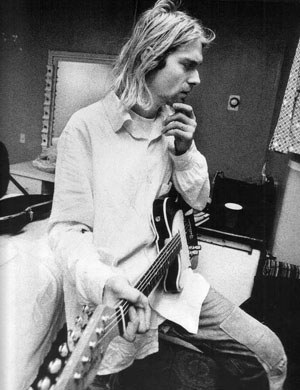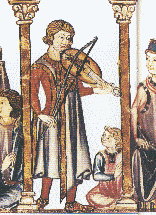Many people knowledgable in modern music think of Joy Division as being the first true post-punk band. Joy Division is defined largely by the deep baritone voice and often dark lyrics of the lead singer Ian Curtis, who was known to experience seizures on stage. He ultimately commited suicide, which led to the remainder of the band changing their name to New Order. Other prominent post-punk bands of the era include Television, Wire, and Gang of Four. Post-punk gained a new prominence when U2 came to the music scene in the early 1980s and later became one of the most successful bands in the history of rock music. The minimalistic and ambient guitar sounds produced by guitarist The Edge took rock music to a level of perhaps spiritual awareness rarely heard before. Then bands heavily influenced by post-punk but not neccesarily a part of the scene directly such as The Cure, Nick Cave and the Bad Seeds, and The Smiths gained popularity in the more "indie" movement. By the late 1980s, bands like U2 and R.E.M. were some of the most popular in the world which showed that alternative music had really hit.
In the late 80s a new scene of alternative music began which can be disected into various subgenres like shoegaze and noise rock. Sonic Youth, Dinosaur Jr, and My Bloody Valentine are prominent bands of the genre. Then the grunge movement began, primarily in Seattle. Bands of the grunge movement were highly influenced by all of the alternative forms of music I have discussed previously in this blog. Among the most popular grunge bands are Nirvana , Pearl Jam, and Soundgarden. Also emerging at around this time were bands like Radiohead, Placebo, and The Smashing Pumpkins.
















